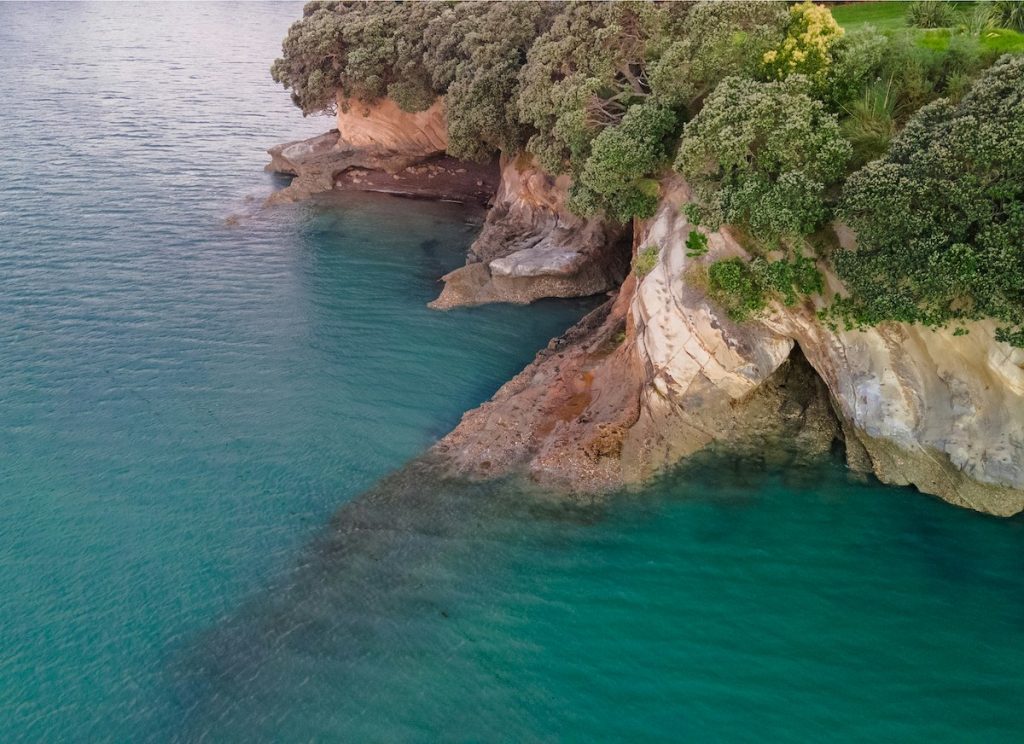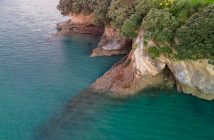Investment in marine and coastal conservation has traditionally been looked after by taxpayers, ratepayers, or community groups – but a changing climate and ongoing biodiversity decline have led to a financing gap, where there is simply not enough money to protect or restore marine ecosystems and maintain their economic return, Sustainable Seas says

That’s why different pathways for funding are needed to support and scale business and restorative activities that are environmentally sustainable and align with community and iwi needs. To do this, the private sector must be involved.
New research from Sustainable Seas, co-led by EnviroStrat Ltd and NIWA, has investigated ways to test and develop new revenue and governance models that enable restorative marine economic activities at scale.
“We’ve looked at, ‘how do we activate new revenue models that recognise the need to protect and continue economic activity but combine these with nature markets – in other words a restorative economy?’” explains lead researcher Cerasela Stancu of EnviroStrat. “Blue carbon is one of those areas of exploration. When we talk about flood mitigation in some coastal areas, the regeneration of salt marshes and tidal wetlands is needed. But how do we pay for that, and who should pay?
“If you regenerate mangroves and salt marshes, there is a lot of carbon that can be sequestered. Carbon has a market value so there is an opportunity where we can leverage the emergence of a blue carbon market to channel revenue back into restoration and the local communities who will lead this work.”
To help finance a restorative marine economy, the researchers have created an impact investment framework. An example of a restorative marine activity is the farming of species that are currently harvested in an extractive way, such as scallops. One option is to farm scallops; some for sale, whilst returning some to reseed depleted wild beds.
In the Hauraki Gulf Marine Park / Ko te Pataka kai o Tikapa Moana Te Moananui a Toi, which was a case study for the research, thousands of hectares of mussel reefs have been lost through the past century. While science is still investigating how best to propagate and recover these mussel beds, eventually, there will need to be processes in place to fund these activities.
“With these types of investments, there are a range of risks and opportunities,” explains Cerasela. “Some will create financial return and some won’t. That’s why we found a portfolio approach is needed for these investments where the risk is spread.”
The research also recommends developing a blue economy financing facility to act an incubator to fund and scale emerging businesses seeking restoration and economic outcomes.
“All of this has been a journey of discovery. We’ve talked to people who are doing these things in real life to understand how can we protect the whole marine environment and channel some of the revenue into restoration activities.”
Read the full report here.








